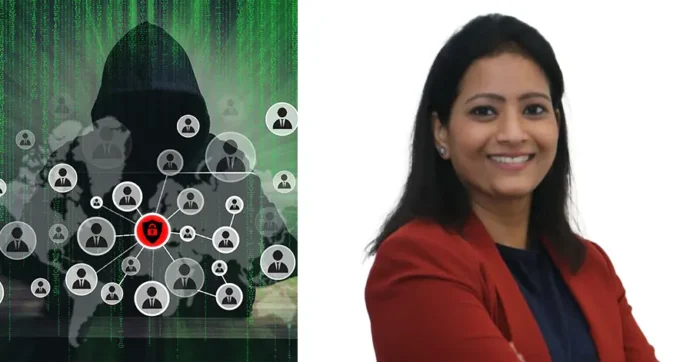
In today’s rapidly evolving digital environment, the interdependence of systems and networks leads to increased efficiency and productivity. However, it also presents significant risks, especially when third-party vendors are involved in critical operations. For instance, a production network could be disrupted due to a compromised vendor PLC maintenance session, highlighting the potential severity of such threats.
Scenario & Impact
A third-party supplier responsible for remote diagnostics of programmable logic controllers (PLCs) in a plant connects through an established VPN tunnel. The vendor’s credentials are stolen through a spear-phishing attack, allowing unauthorized access to the control interface of a key process unit. The intruder installs a script that alters valve timing logic, leading to process instability, unplanned shutdowns, and safety control override during high-demand periods.
The effect of such an accident is several-sided. At the business front, the stoppage of production results in great economic losses and tarnishes the reputation of the company. Technically, PLC logic tampering is difficult to detect with typical IT monitoring software, which targets mainly network traffic instead of OT system specifics. Risk exposure is additionally heightened through the absence of tight monitoring for third-party VPN access, thus adding a vulnerable point of entry to the system.
Incident Response
The response to this kind of incident is immediate and requires coordination among several teams in the organization.
- Immediate Action: The initial step was the isolation of the infected system to stop further harm. This procedure involved swift decision-making and coordination among different teams.
- Roles: There were defined roles for cybersecurity professionals, safety officers, and plant engineers. Each team was assigned a specific task to provide an effective response.
- Communication Strategy: Clear and prompt communication was paramount. Internal stakeholders were notified in a timely fashion, and external communications were handled to avoid reputational harm.
Remediation & Future Prevention
Post-incident analysis was directed towards determining the root cause and putting into place measures for future prevention.
Root Cause Analysis
The root cause analysis determined that the spear-phishing attack successfully targeted the insufficient monitoring of third-party access. Solutions proposed were the fortifying of vendor access controls and introduction of more advanced phishing detection mechanisms.
Recovery
Recovery entailed the restoration of the compromised systems and confirming that all malware scripts were cleared. The process needed careful verification to avoid lingering vulnerabilities.
Preventive Measures
- Increased monitoring of third-party VPN access to immediately identify suspicious activities.
- Enhanced security practices for OT environments, such as threat detection products with PLC-level tampering detection capabilities.
- Regular security education for all parties, focusing on the significance of phishing detection and response.
- Use of a zero-trust architecture to reduce the possibility of unauthorized access.
Conclusion
This incident highlights the need for strong cybersecurity in OT environments. Understanding, responding, and implementing preventive measures can protect critical infrastructure from future attacks. Collaboration between cybersecurity, safety, and plant engineering teams is vital for a comprehensive defence strategy.






